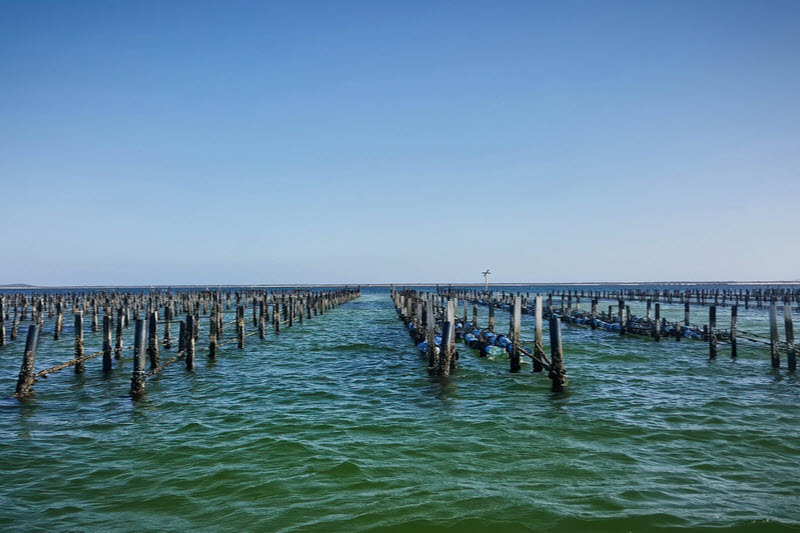
A dodgy oyster gets all the bad press and unfortunately the oyster gets the blame. What the scientific world knows is healthy oysters means a healthy aquatic environment There have been incidents of people becoming very sick with even fatal results from eating unhealthy oysters. There was one such case over a decade ago where an Australian oyster growing community was devastated by the result of somebody losing their life due to eating a contaminated oyster.
The knee jerk reaction was to shut down that oyster farming community without looking deeper into the cause. In this case, the water the oysters were growing in was polluted by a nearby tourism business spewing its untreated sewage directly into the water without any environmental consideration or oversight.
The root cause was finally found and it is an isolated incident in the history of Australian oyster farming; however, for that region the flow on effect was devastating. The publicity alone was enough to break many of the farmers and as a tourism destination the entire town suffered for a long time. Thankfully, the oyster community is back on its feet and the regulatory and health bodies have learnt a painful but invaluable lesson in ensuring adequate governance is in place and followed up.
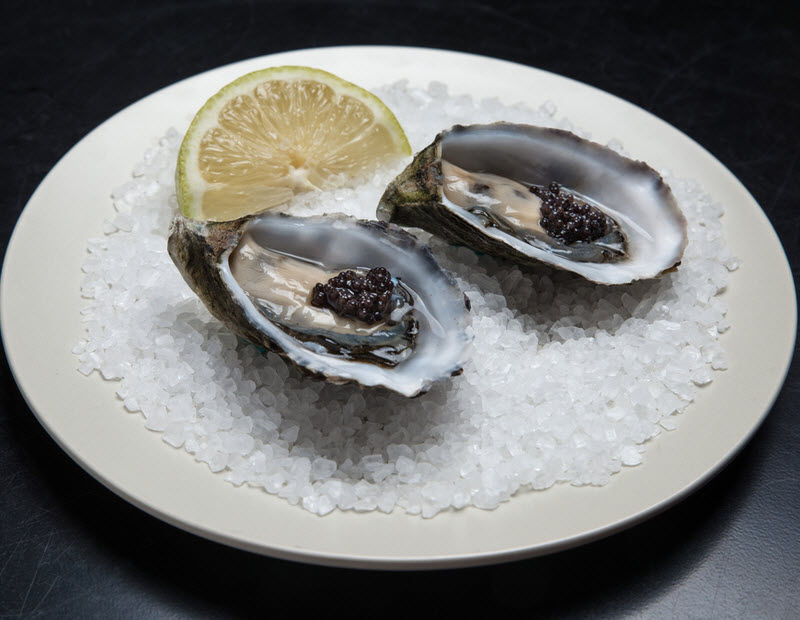
The oyster is the barometer
Oysters, along with other bivalves such as mussels and pipis, are filter feeders. They are sensitive creatures and unhealthy oysters generally mean unhealthy water – and unhealthy water is not the result or the contribution of the oyster farmer. Unhealthy oysters are a sure sign that a third party contaminent is infecting the water system. It is a big red flag indicating something is amiss and intervention and investigation are required. Oyster farmers are well aware of the damage polluted water will do to their crops and are vigilant in ensuring their oysters have the most suitable growing conditions possible.
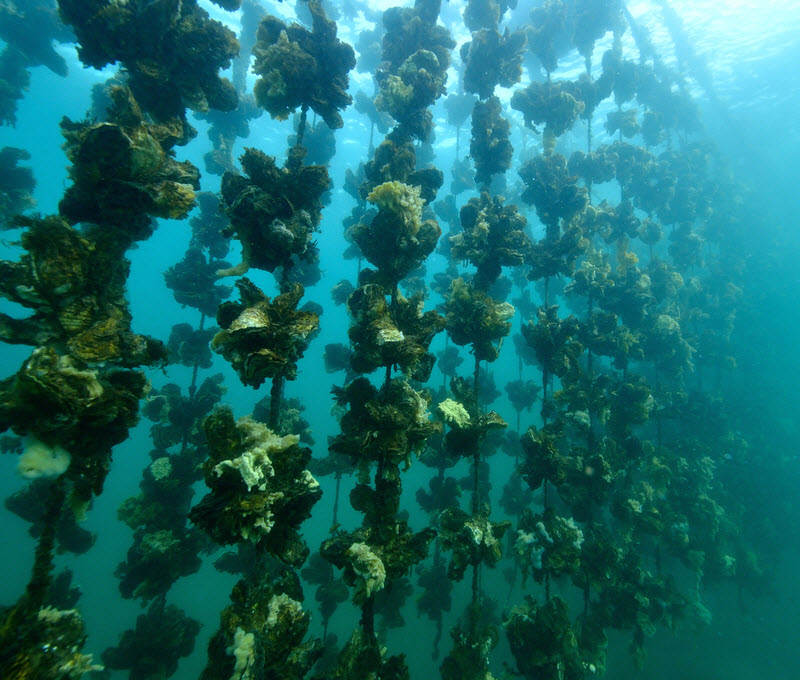
Oyster farming contributes to healthy waterways and a healthy environment
Oysters are a remarkable species, playing a critical role in the health and prosperity of aquatic ecosystems. It is a fact that oyster farming and other bivalve farming contribute a great deal to the health of our waterways and are globally known as the kidneys of the aquatic.
Oysters feed by filtering water through their gills. They consume the solid particles and expel cleaner and unused water back into the system.
As oysters feed, they remove excessive nutrients and sediments from the water, clearing the way for sunlight to play its role on the entire ecosystem.
Their waste is also highly valuable, cycling the right type of nitrogen back into the water for the benefit of other critical creatures such as phytoplankton. Additionally, the waste creates a nutrient rich seafloor that is vital for seagrass to thrive, attracting crabs, worms and burrowing clams. The sediment created by oysters promotes bacteria that converts excess organic nitrogen into an inert nitrogen gas that prevents harmful algae blooms – yet another unseen environmental advantage provided by oysters.
Oysters are the most efficient water purifier on the planet. A single oyster can filter up to 100 litres of water per day. When you multiply that by the millions of farmed oysters from a single harvest, you begin to get a picture of their impact.
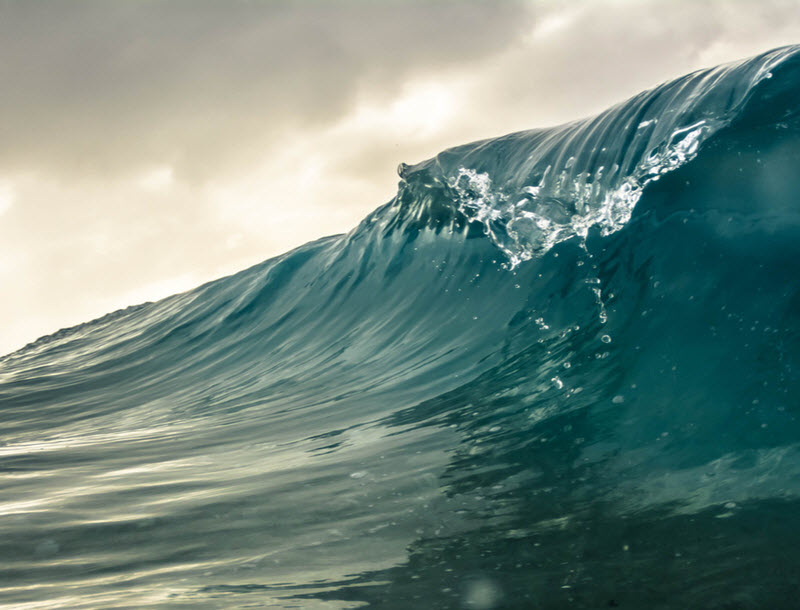
Land clearing and fertilisers
Oysters are a keystone aquatic species. They provide a safe and nutrient rich environment for many underwater creatures. The larger colonies assist with wave movement and erosion. As a farmed protein source, they are highly sustainable, and unlike land based protein farming they do not contribute to land clearing or the use of fertilisers. They produce zero methane gas and absorb carbon from the atmosphere. Farming oysters has less environmental impact than growing vegetables, and the positive impact they have on the health of our oceans far outweigh any possible negative environmental impact.
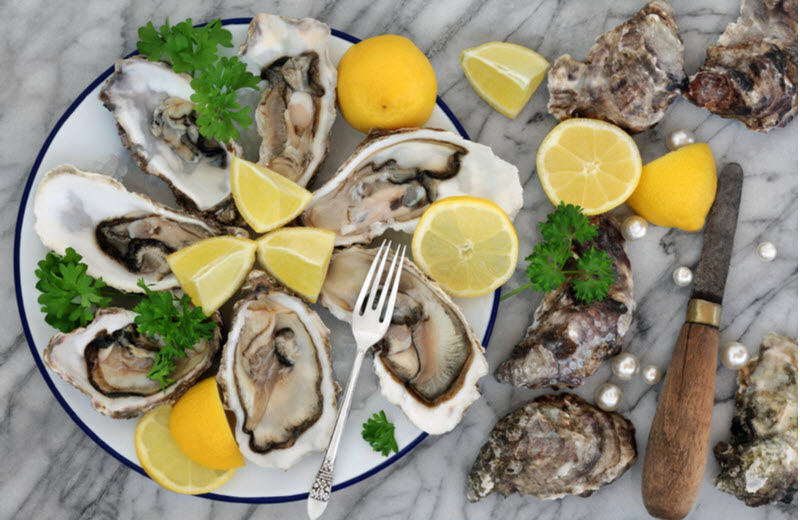
Nature's superfood
Oysters are one of the most vital living elements for our oceans and they are also one of nature’s great superfoods for human consumption. They are the unsung hero of the culinary world. Very low in fat, packed full of protein with a very impressive nutritional profile, the average oyster contains more vitamin B12 than beef and more iron than chicken. Oysters contain more digestible protein than finned fish, have a high concentration of vitamin D, magnesium, phosphorus, zinc, copper, manganese and selenium – and they taste fantastic.
The world’s oceans need oyster farming to remain healthy and sustainable and SED Graders are committed to supporting oyster farming communities around the world.
Our grading and sorting machines are designed to save farmers money and speed up the grading and sorting process, giving precious time back to the farm. As farming technologies and practices evolve in line with customer demands, quality control and environmental impact concerns, we believe automation and innovation are key partners to the success and growth of oyster farming.
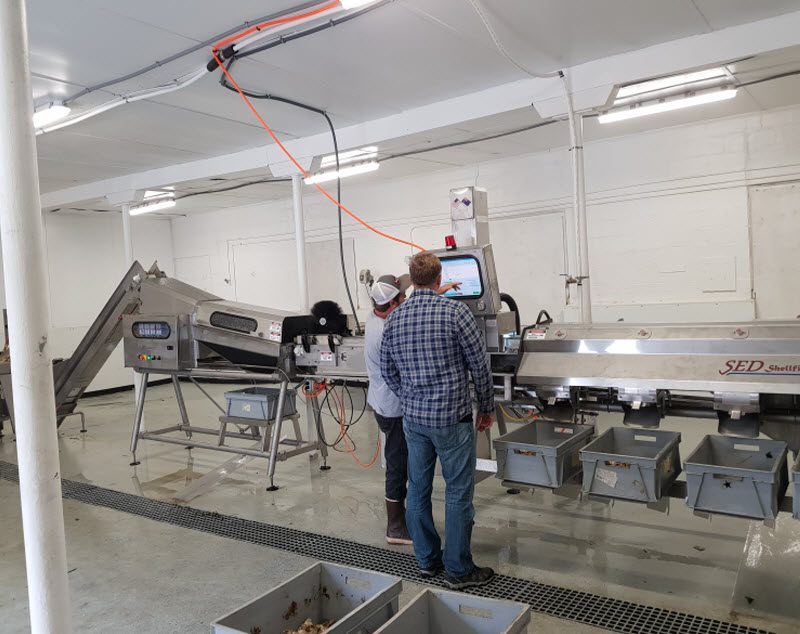
SED Graders Australian and family owned
SED Graders is an Australian and family owned company creating automation technologies that are greatly improving the efficiency and profitability of oyster farms in Australia and around the world.
With many of our grading and sorting machines benefiting oyster farming operations throughout Australia, Japan and the USA, SED Graders are continually innovating advanced solutions such as our overcatch treatment prototype. Just like oyster farming, SED Graders play the long game and with over 20 years in the industry you can trust our machines and our team to deliver on our promises.
Contact us for any questions you may have and when you are considering a SED Graders vision grading machine or upgrading your current machine with an overcatch treatment bath.
